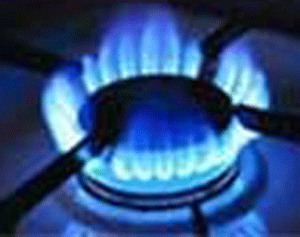
The absence of even a tiny window above the cooking stove in thousands of rural and semi-urban Indian houses is silently choking millions of Indian women to death, though none of them are aware of it.
Now, health ministers from South-East Asia have decided to launch a regional campaign making these women aware of the pitfalls of the solid fuels they use and asking them to make arrangements for ventilation in the kitchen.
If implemented, say public health officials, the twin steps would not only bring down death figures significantly in India and its neighbouring nations, but also improve the quality of life for millions of women, who develop serious lung diseases in their most productive years.
In India, lung disease or chronic obstructive pulmonary disorder (COPD) kills 500,000 people, and is the second-commonest cause of death after heart diseases. Caused mainly by the smoke coming from cooking fuel, like wood, crop residue, dried dung, coal and charcoal, the disease also makes millions of women suffer in their most productive years.
More than half the Indian COPD cases (34 per cent in men and 95 per cent in women) occur among non-smokers, and household air pollution is a major risk factor for them.
As the world is set to take up nine disease-reduction targets to lower the incidence of lifestyle diseases, India and its South Asian neighbours are all set to take up a 10th target — 50 per cent drop in the number of households using solid fuels as a primary cooking source by 2025.
This would be adopted at the three-day World Health Organisation (WHO) regional health ministers' meeting, which will begin here on Tuesday.
“The estimated economic loss due to COPD was Rs 35,000 crore in 2011, and is predicted to cross Rs 48,000 crore by 2016,” said Dheeraj Gupta, professor of pulmonary medicine at the Post Graduate Institute of Medical Education and Research in Chandigarh.
The WHO estimates that almost 60 per cent households in south East Asia use solid fuels. While India, with 58 per cent solid fuel-using households, is at par with the regional average, the three worst countries are Bangladesh, Myanmar and North Korea, where more than 90 per cent houses use the killer fuels. Maldives is the best in the region.
Among all regions in the world, the problem is most acute in the South Asia region, where it is the number one risk factor for mortality, said a WHO official.
The regional health ministers' meeting will also adopt a declaration on high blood pressure, in which they will underscore the importance of controlling blood pressure to bring down mortality.
